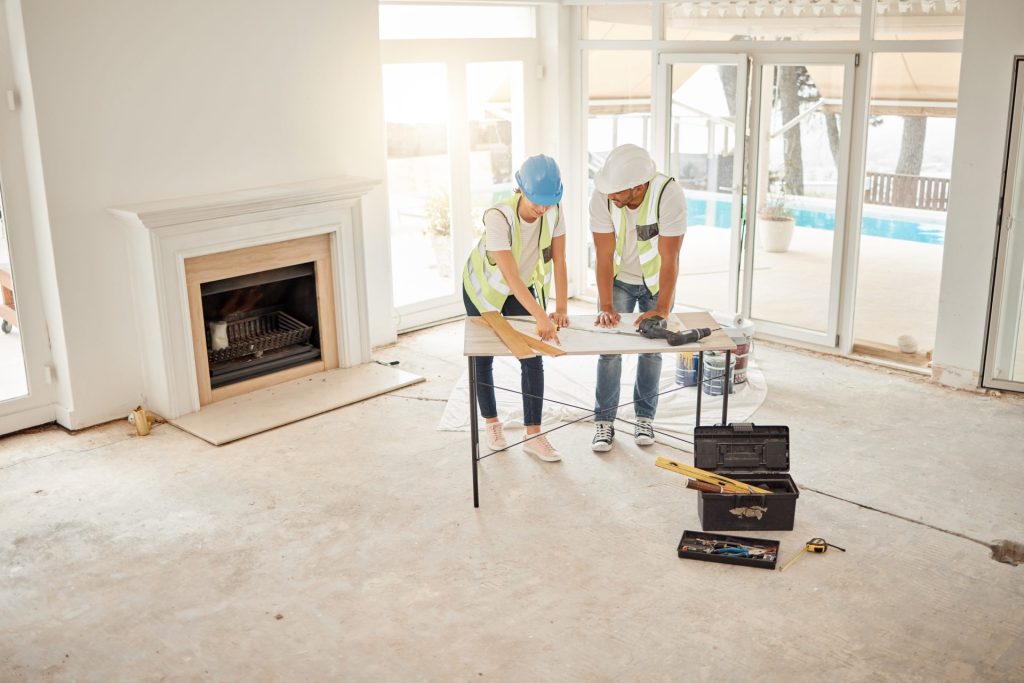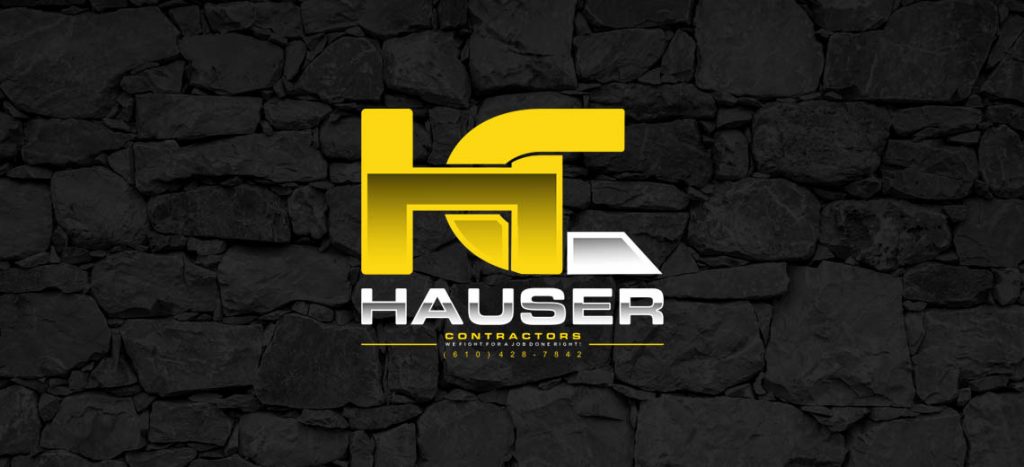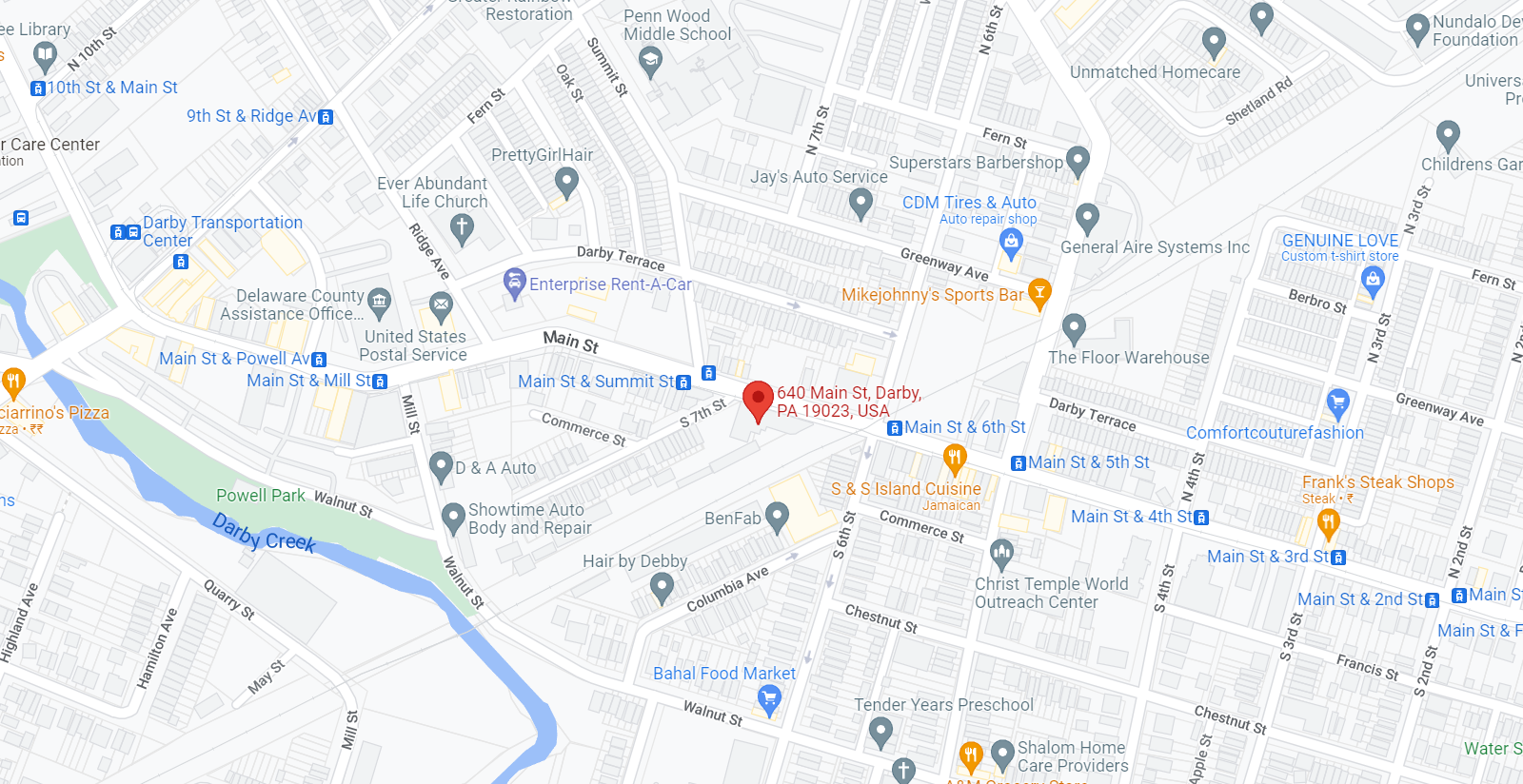What Are the Characteristics of Historic Masonry Construction?
Historically, brick buildings were constructed to move and breathe. Masons employed construction techniques that would allow water to exit if it got into the brick building. They would use a soft, breathable, and flexible lime-based mortar for two reasons:
- Provide a separator bed between individual bricks, allowing the wall and the individual components to move during the expansion and contraction of the mortar
- Allow moisture to escape from the wall, which follows the path of least resistance. If the mortar is softer than the bricks or stones, the water finds its way through the joints, keeping the wall’s interior relatively dry.
Experienced general contractors in the Delaware Valley explain that masons would also build exterior brick walls several courses thick after building the foundation. Uniform and sound bricks would be used on the exterior of the building, while those with flows or irregularities would be used on the interior walls and covered with plaster.
Masons would lay the brick in different patterns: “stretchers,” the long end of a brick, and “headers,” the short end. Commercial buildings would have five- and six-course common bond, known as the American bond.
What is the Difference Between Historic and Modern Masonry Construction?
Before rehabilitating a historic brick house or structure, it helps to understand the critical differences between historic and modern masonry construction techniques. Modern masonry construction techniques resist brick and motor movement and prevent water penetration by relying on a waterproof outer seal.
The buildings lack load-bearing multi-Wythe construction and instead have a rigid backing applied to the face brick. Modern mortars act like glue to hold bricks together, forming a monolithic mass that is not meant to move like historic brick walls. Expansion joints are cut into the monolithic masses to control and limit movement.
Using modern masonry techniques and mortar on a historic building could be the beginning of the end of your historic building. Consult extensively with knowledgeable mortar contractors in the Delaware Valley to evaluate the most suitable rehabilitation techniques.
What is Historic Masonry Restoration?
Delaware Valley masonry contractors describe historic masonry restoration as the repairing, conserving, and revitalizing of old or worn-out masonry structures to restore their former glory. It entails more than fixing cracks and replacing broken bricks to retain the historic integrity of the building.
Masonry contractors deeply understand the materials used in the past and the techniques employed. They work to ensure the restoration seamlessly blends with the original to maintain charm and character in the structure. Successful historic masonry restoration combines skill, knowledge, and respect for architectural heritage.
What Techniques Are Used in Historic Masonry Restoration?
Before starting any historic masonry repair process, it’s essential to remember that the history of any building is inseparable from its structure. Preserving historic masonry is often a delicate balance, and the process can be tedious.
However, not doing anything about the structure can cause your home to deteriorate fast. Here’s what you can do to maintain the integrity of a historic structure:
Assessment
The first step in restoring the integrity of a historic building is to assess if there is enough history left to justify the preservation of the building. Consider if the property still conveys its design, setting, materials, location, feeling, and artistry from the period of significance. Deeply assess the brick, mortar, concrete blocks, stucco, stones, and marble.
Your assessment should revolve around:
- Historical investigation: Knowing the construction period can help you understand the craftsmanship and hidden workings of the building. It’s also essential to investigate the original blueprint and repair records.
- Condition assessment: You should check the integrity of the building to identify elements that can cause degeneration. These include scaling, cracks, spalling, and water leaks.
- Materials, systems, and designs: Small differences between design, materials, and systems can significantly impact the structure’s overall architecture. An example of an element to check is the kind of mortar used for the construction.
Cleaning
A historic building that has been standing for over 50 years has most likely accumulated a lot of dust and dirt, and moss and mold may occasionally appear. Removing these elements and creating a cleaning routine regularly is the easiest and cheapest way to preserve the historic masonry home.
Delaware Valley masonry contractors recommend the following when cleaning a historic structure:
- Water washing paired up with bristles to remove mosses or tough stains. Depending on the material you’re cleaning, you can use pressure washing but keep the water low-to-medium pressure.
- Detergent cleaning: You may need a more potent agent to remove stains and graffiti. Be careful with your selection of detergents, and choose non-ionic ones that are not as abrasive as other soaps.
- Chemical cleaning: Oil stains and graffiti can demand more aggressive chemical-based cleaners. However, not all chemicals are friendly on historic masonry and could damage your building, so consult experts.
Repairs
No matter how good the artistry or the materials in a masonry building, a time will come when it succumbs to cracks and needs repairs. You will need to replace worn mortar with new ones, which can be a delicate process that requires the input of a professional to make a new mortar similar to the mortar initially used in the home construction.
Masonry art is refined and fragile, so construction and repairs should be done by hand. Power tools can leave the building vulnerable to water and other agents, causing more breaks and cracks. Work with experienced masonry contractors in the Delaware Valley for the best results.
A Skilled Masonry Contractor Helping You Preserve Your Historic Home
Restoring a historic masonry home requires the input of skilled artisans with expertise in traditional construction techniques. Their knowledge goes a long way in preserving the outstanding elements by adhering to the preservation guidelines. General contractors in the Delaware Valley can collaborate with architects and artisans to tackle restoration challenges.
Hauser Contractors hosts knowledgeable masonry contractors in the Delaware Valley. Our team has knowledge and skills in historic masonry restoration and can help with your needs. Call us at (610)-510-6020 to schedule a consultation or a FREE quote.


 CALL US NOW
CALL US NOW EMAIL US NOW
EMAIL US NOW










